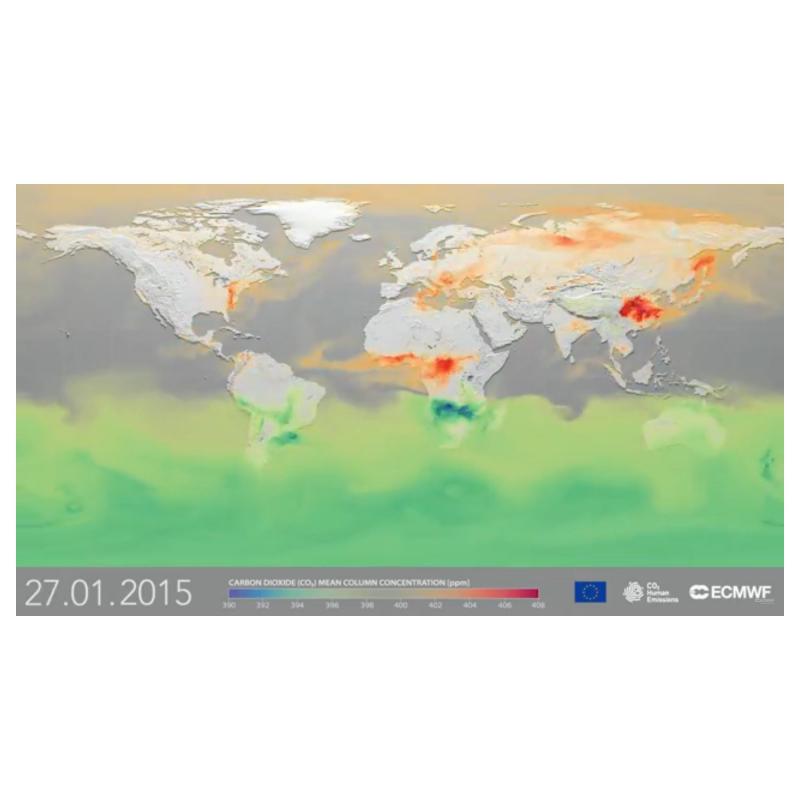Greenhouse gases trap heat and make the planet warmer. Human activities are responsible for almost all of the increase in greenhouse gases in the atmosphere over the last 150 years. The largest source of greenhouse gas emissions from human activities in the United States is from burning fossil fuels for electricity, heat, and transportation.
PA tracks total U.S. emissions by publishing the Inventory of U.S. Greenhouse Gas Emissions and Sinks. This annual report estimates the total national greenhouse gas emissions and removals associated with human activities across the United States.
The primary sources of greenhouse gas emissions in the United States are:
- Electricity production (29 percent of 2015 greenhouse gas emissions) – Electricity production generates the largest share of greenhouse gas emissions. Approximately 67 percent of our electricity comes from burning fossil fuels, mostly coal and natural gas.2
- Transportation (27 percent of 2015 greenhouse gas emissions) – Greenhouse gas emissions from transportation primarily come from burning fossil fuel for our cars, trucks, ships, trains, and planes. Over 90 percent of the fuel used for transportation is petroleum based, which includes gasoline and diesel.3
- Industry (21 percent of 2015 greenhouse gas emissions) – Greenhouse gas emissions from industry primarily come from burning fossil fuels for energy, as well as greenhouse gas emissions from certain chemical reactions necessary to produce goods from raw materials.
- Commercial and Residential (12 percent of 2015 greenhouse gas emissions) – Greenhouse gas emissions from businesses and homes arise primarily from fossil fuels burned for heat, the use of certain products that contain greenhouse gases, and the handling of waste.
- Agriculture (9 percent of 2015 greenhouse gas emissions) – Greenhouse gas emissions from agriculture come from livestock such as cows, agricultural soils, and rice production.
- Land Use and Forestry (offset of 11.8 percent of 2015 greenhouse gas emissions) – Land areas can act as a sink (absorbing CO2 from the atmosphere) or a source of greenhouse gas emissions. In the United States, since 1990, managed forests and other lands have absorbed more CO2 from the atmosphere than they emit.





